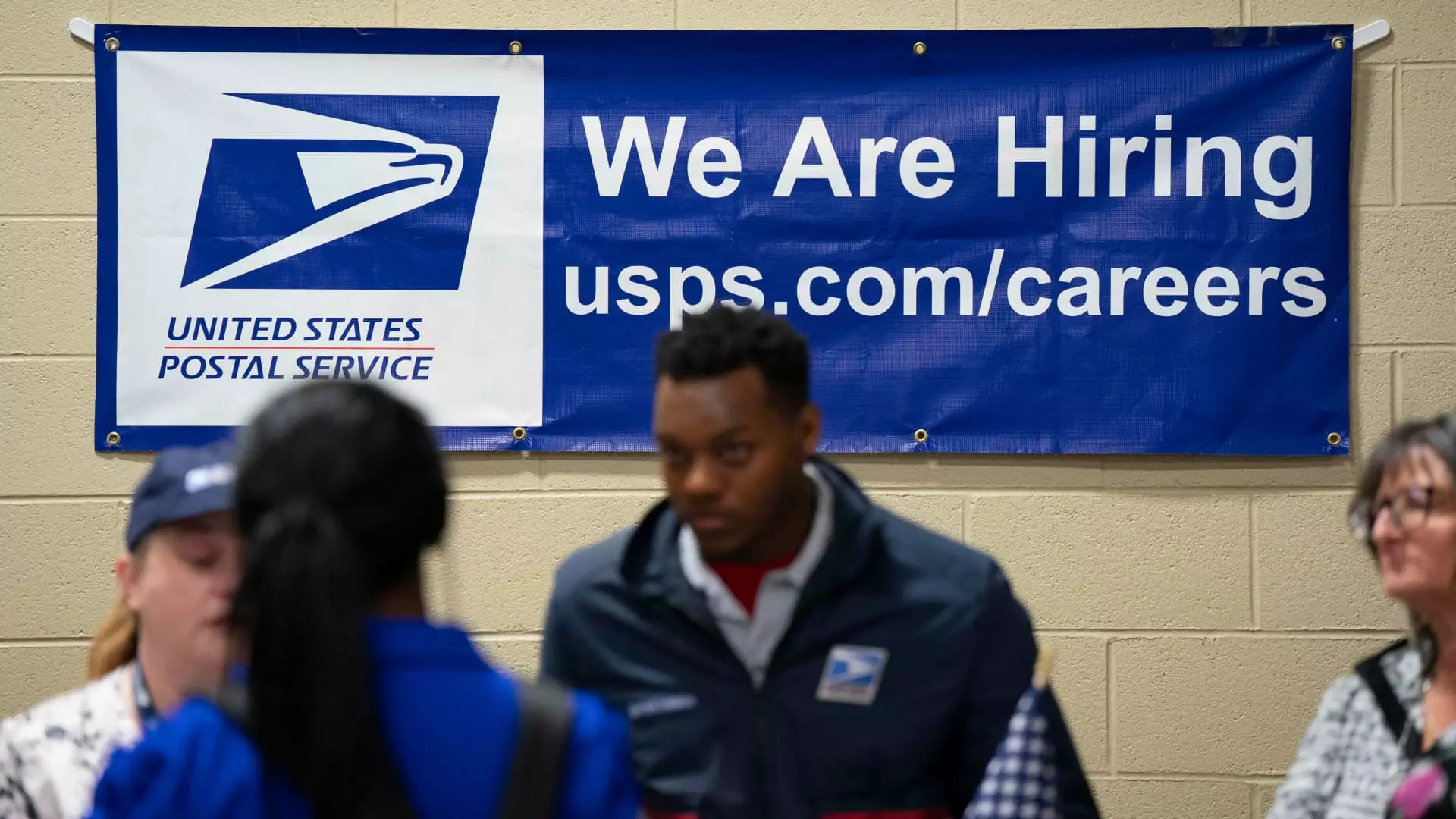The recent jobs report released by the Bureau of Labor Statistics paints a picture of a labor market that, while exhibiting resilience, is paradoxically teetering at the edge of uncertainty. In May, nonfarm payrolls increased by 139,000, surpassing the Dow Jones estimate of 125,000. This figure, while ostensibly positive, bears the weight of careful scrutiny given the broader economic context. The stability of the unemployment rate at 4.2% persists, but beneath this surface lies a creeping anxiety. As economic indicators fluctuate, the overall impression is not one of triumph, but of a precarious balancing act that could tip into deeper instability at any moment.
Unmasking Underlying Weaknesses
Despite the headlining numbers, a closer inspection reveals troubling discrepancies in the data. The revisions to previous months’ job counts—30,000 fewer in April and a staggering 65,000 cut from March—spark questions about the reliability of these figures. Critics argue that such downward revisions indicate a systematic issue within the labor market, suggesting a fleeting job growth that may not be sustainable in the face of looming economic headwinds. Moreover, while sectors like healthcare and hospitality showed encouraging gains, other areas, particularly government employment, experienced a significant downturn with a loss of 22,000 jobs.
The labor market’s unique fabric is increasingly frayed, as noted by Daniel Zhao from Glassdoor, who warns that irrespective of May’s seemingly robust figures, we must prepare for inevitable strain as external pressures mount. These pressures include not just tariffs but an unpredictable political climate that casts a long shadow over business sentiments.
Tariffs and Economic Anxiety
Tariffs implemented by the Trump administration have introduced a level of uncertainty that has made consumers and businesses alike jittery. The potential increase in inflation due to these tariffs has ramifications that extend beyond simple numbers on a spreadsheet; they tap into the American psyche, heightening concerns over economic security. The psychological toll that this anxiety inflicts cannot be understated. Business leaders hesitate, and consumers tighten their belts, creating a feedback loop of reticence that inhibits meaningful economic expansion.
Federal Reserve officials are navigating this treacherous landscape with caution, wary of the potential impacts of tariff-induced inflation on monetary policy. With the central bank’s upcoming policy meeting on the horizon, their expected decision to maintain interest rates only underscores the need for vigilance. In an era where economic stability feels increasingly elusive, the Fed’s cautious approach signals not only a response to current conditions but also an awareness of the challenges that lie ahead.
A Mixed Outlook for the Future
While the May jobs report offers a glimmer of hope, it is overshadowed by the specter of uncertainty. Worker pay showed unexpected growth—average hourly earnings rose by 0.4%, emerging as a bright spot amidst a challenging economic backdrop. Yet, we must ask ourselves: can these wages be sustained in light of the potential for inflation and economic contraction? As consumers grapple with rising prices, the benefits of wage increases may evaporate before they can take root.
Overall, the juxtaposition of a labor market that exhibits signs of strength and an economy riddled with anxiety creates a confusing narrative. For many, the phrase “waiting for the other shoe to drop” encapsulates current sentiment accurately. There’s a nagging foreboding that the elastic nature of job gains is being stretched too thin.
In viewing this complex landscape through a lens of center-left liberalism, it becomes essential to advocate for policies that prioritize working Americans rather than the interests of a shrinking number of those at the top. The focus must shift toward fostering a true economic environment where growth is inclusive rather than merely a numerical rebound masked by political posturing. The future of the labor market hinges not just on numbers, but on our collective commitment to ensure that resilience translates into meaningful, widespread prosperity rather than an ephemeral victory against an ever-present economic tide.


Leave a Reply